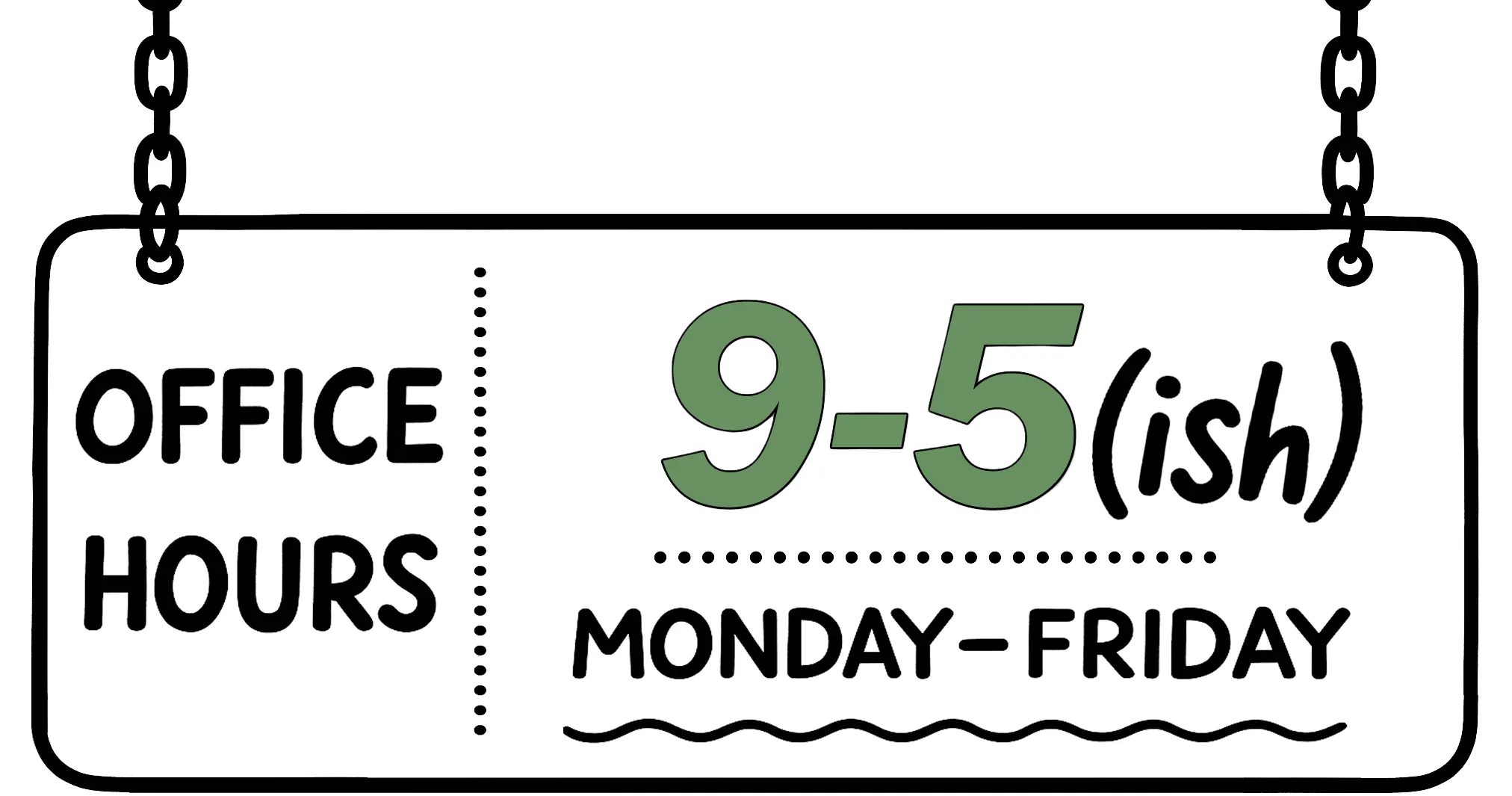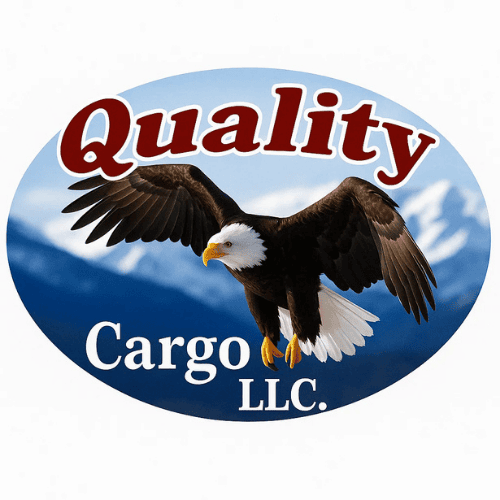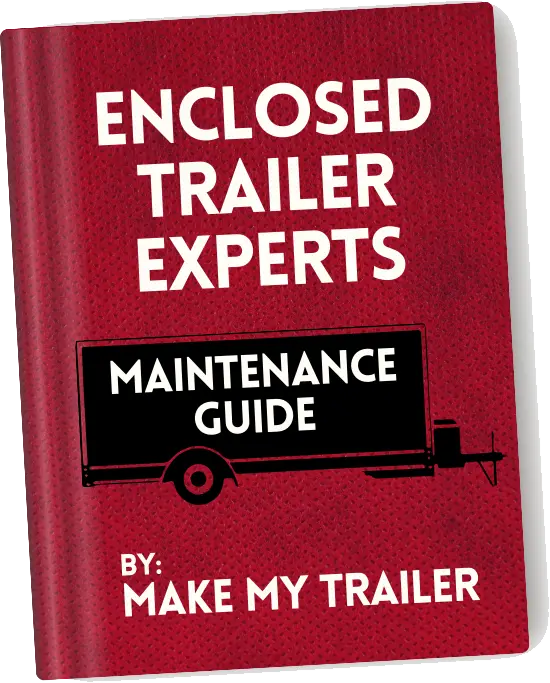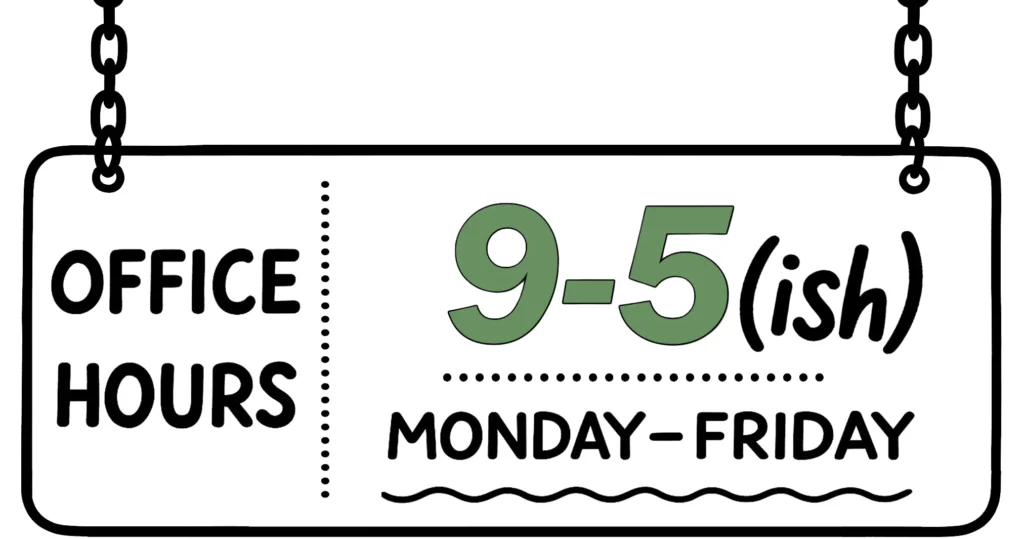Everything you need to know about the
6x10 Single Axle - Quality Cargo
- 6×10 Single
- Maintenance & More
6x10 Single Axle - Quality Cargo
1. Technical Features Table
→ → →
| Standard Features | Quality |
| PRICE | $3,540.00 |
| EXTERIOR METAL | .024 metal exterior Semi-Screwless exterior |
| AXLES | 2990 lb Spring axle with 4" drop and EZ Lube Hubs |
| V-NOSE | V-Nose with vertical ATP trim |
| DOME LIGHT | 12V Dome light with switch |
| WALLS/CEILING TUBING | 1"x1½" steel tube in walls and ceiling |
| FLOOR TUBING | 2x3" Steel Tube Main Rails |
| FLOOR CROSS-MEMBERS | Floor crossmembers 16" O.C. |
| ROOF CROSS-MEMBERS | Roof members 24" O.C. |
| WALL CROSS-MEMBERS | Wall members 16" O.C. |
| LIGHTS | LED Strip tail lights |
| INTERIOR HEGHT | 75" (6'3") Interior height |
| REAR DOOR | Double rear door w/bar lock or ramp |
| PLUG / COUPLER (BALL) | 4-way Bargman plug 2" coupler |
| SIDE DOOR | 32" RV style side door with flush lock |
| FENDERS | Aluminum Fender w/Lights |
| TIRES | 15" Tires |
| RIMS/WHEELS | Silver Mod Wheels |
| ROOF MATERIAL | Galvalume roof |
| WALL MATERIAL | 3/8" Plywood Walls |
| FLOOR MATERIAL | 3/4" Plywood Floor |
| EMPTY WEIGHT | 1200 lbs |
| LOAD CAPACITY | 1790 lbs |
| GVWR | 2990 lbs |
| TONGUE WEIGHT | 165 lbs |
2. Technical FAQ

Overall Length: 13’6″ / 162 in (Breakdown: 10′ on the Box + 3’6″ on the Tongue) 20″ on the Vnose
Overall Width: 7’6″ / 90 in (Breakdown: 6′ on the Box + 9″ on each Fender)
Overall Height: 7’7″ / 91 in (Breakdown: 6’3” on the Box + 16″ from the ground to the box)
Overall Length: 9’9″ Box (Breakdown: Subtract 3″ which counts for rear door & framing) plus 20″ on the Vnose
Overall Width: 5’8″ (Breakdown: Subtract 4″ (2″ on each side) which counts for plywood & framing)
Overall Height: 6’3″
Width: 62″ (Breakdown: Subtract 10″ (5 on each side) which counts for plywood & framing)
Height: 69″ (Breakdown: Subtract 6″ which counts for plywood & framing)
No it doesn’t but they’re available as a custom option.
Side Note: If the combined weight of the trailer and its load approaches or exceeds 3,000 pounds, many jurisdictions require brakes on the trailer. However, a 4×6 enclosed trailer, given its size, is unlikely to reach this weight limit when fully loaded, as they typically have a lower payload capacity.
Safety Considerations
Driving Conditions: If you plan to tow your trailer in hilly or mountainous areas, or if you’ll be driving in a lot of stop-and-go traffic, having electric brakes can significantly improve safety by reducing stopping distances and improving vehicle control.
Emergency Handling: Electric brakes can offer better control in emergency braking situations, reducing the risk of accidents.
Wear on Vehicle Brakes: Using a trailer with its own braking system can reduce wear and tear on your vehicle’s brakes, especially important for frequent towing or heavy loads.
4-way flat plug
5×4.5 (5 Lug)
6 Ply
Screws are 4′ apart instead of being every 2′
It’s an asphalt undercoating paint
We developed a section exclusively for Custom Options where we show sample photos and explain most popular options:
Click Here for More Information.
Here are examples of some of the most popular Custom Options:
– Blackout Package
– Electrical Package
– Insulation Package
– Rubber Flooring
– Etracks
– D-rings
– Windows
– Extended Tongue
– Extra Height
– Ladder Racks
– Finished Interior (Metal/Vinyl)
– Air Conditioner
– Lighting Options
– Axle Upgrades
– Concession Window
– Special Door Options
– Cabinets
– Barn Doors
3. Sample Photos
4. Sample Video
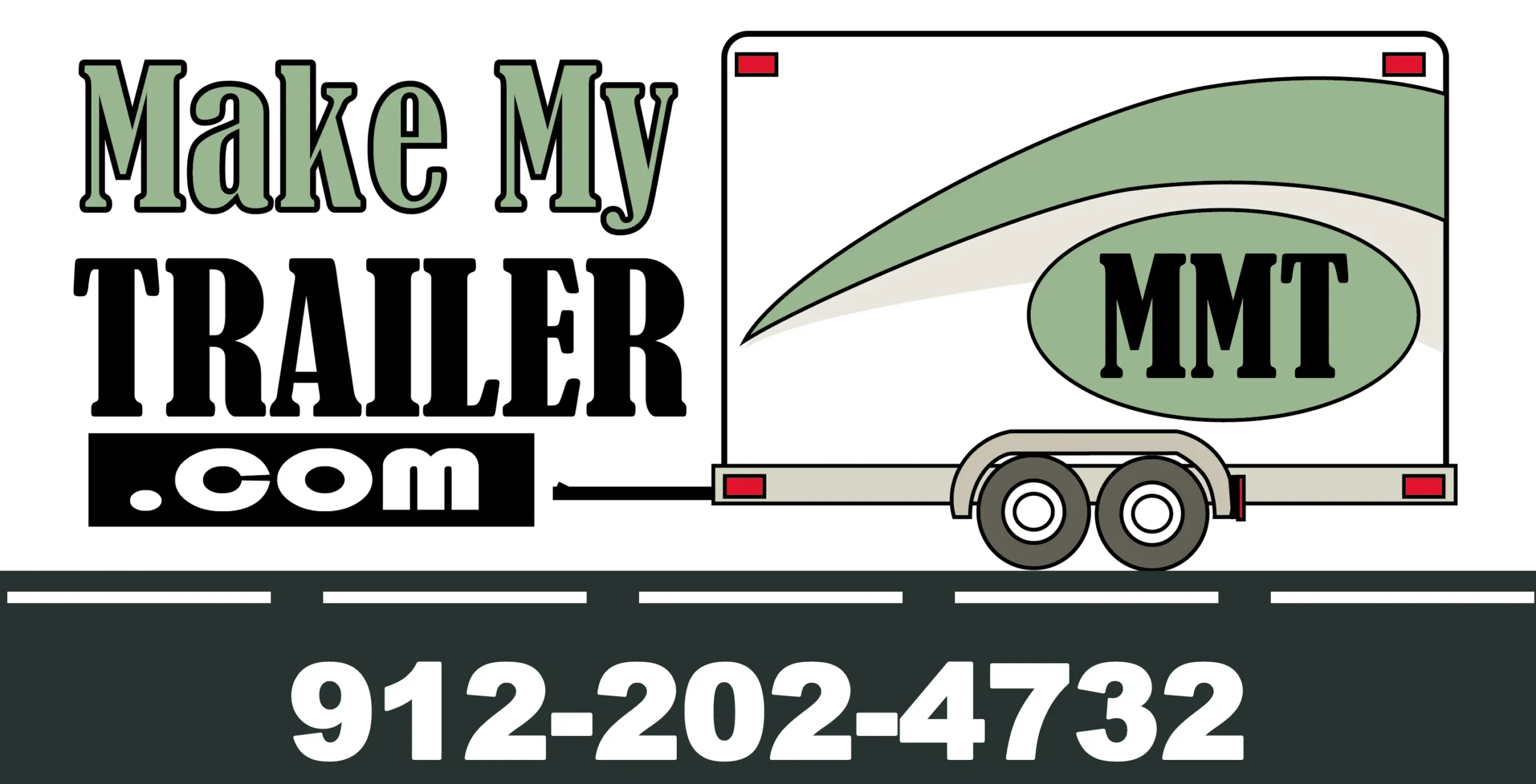
5. Sample Colors (Click to enlarge)
6. Purchase FAQ
Click the link below for Financing Options:
https://makemytrailer.com/enclosed-trailer-financing-services/
Click the link below for Delivery Options:
https://makemytrailer.com/delivery/
30 Day Temporary Tag, Certificate of Origin and obviously your Title so you can register your brand new trailer
Yes they are and also the reason why your trailer pick up is directly at the Factory.
We do not charge any taxes, that’s something that you pay when you register the trailer
Yes, as soon as your trailer is ready we can provide your with your VIN number.
1) Credit or Debit Card (over the phone or invoice sent to your email)
2) Mail a Cashier’s Check
3) Wire Transfer
Once your deposit is confirmed we’ll send you an email just make everything official and after 24 hours (timeframe we provide in case of any changes) we will send your order to our production team so they can start working on your future top notch trailer
It depends on 2 factors: The season and your Order so make sure to ask our awesome sales team for a more accurate completion timeframe but on average you might be looking between 2 to 4 weeks on standard order and about 3 to 5 weeks for orders with custom options.
Note: We do make exceptions so make sure to ask our sales team
We don’t usually provide any updates during the building process but we can definitely ask our production team how things are going but as soon as your trailer is ready, we will send you the completion email along with the instructions so you can start your pick up arrangements
By clicking Buy Now, you will be redirected to our secure PayPal checkout page. A deposit is required to reserve the standard version of this trailer size. The remaining balance, including any selected options or upgrades (such as A/C or insulation), will be due at pickup or delivery. Final price may vary depending on manufacturer and features. Please contact us to confirm details before completing your order.
7. Get a Quote
Have you recently invested in an enclosed cargo trailer, or are you looking to maximize the lifespan and efficiency of your current one? Our comprehensive PDF guide is your ultimate companion to mastering the art of trailer maintenance!
- Step-by-step instructions on pre-use checks to ensure safety and readiness for the road.
- Expert advice on periodic maintenance routines to keep your trailer in peak condition.
- DIY tips for interior and exterior care, from flooring maintenance to rust prevention.
- Winterizing strategies that protect your investment through the coldest months.
- Essential insights into tire care, brake maintenance, and the importance of proper ventilation.
- Bonus content: Safety equipment checklist, emergency preparedness, and much more!
Safeguard Your Investment:
10 Smart Ways to Prevent Trailer Theft!

The Ultimate Guide to Choosing Your 6x10 Single Axle Quality Cargo Enclosed Trailer
Introduction: Why the 6×10 Single Axle Enclosed Trailer is Your Go-To Solution
Choosing the right enclosed cargo trailer is a significant decision. It’s not just a purchase; it’s an investment in your business, hobby, or lifestyle. Among the myriad of options available, the 6×10 single axle enclosed trailer consistently emerges as a top contender for its remarkable balance of size, maneuverability, and utility. This guide is designed to cut through the noise, providing a clear, comprehensive path to selecting a high-quality trailer that perfectly aligns with your needs.
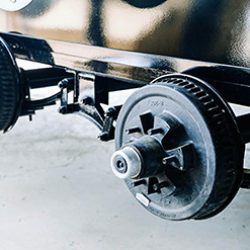
The Enduring Appeal and Versatility of the 6×10 Single Axle Trailer
The 6×10 trailer size hits a sweet spot. It’s compact enough to be towed by most SUVs and light-duty trucks and navigated through tight job sites or residential areas, yet spacious enough to handle a substantial amount of cargo. The single axle configuration contributes to its agility and lower maintenance costs, making it an economical and practical choice for a wide range of applications, from hauling professional equipment to securing personal belongings for a cross-country move.
Who Benefits Most from a 6×10 Enclosed Cargo Trailer?
This particular trailer size is a workhorse for a diverse group of users. Small business owners, such as contractors, plumbers, and electricians, find it ideal for transporting tools and materials securely. Landscapers rely on it for mowers and equipment, protecting them from the elements. Hobbyists, including motorcyclists, ATV enthusiasts, and craft fair vendors, appreciate the secure, mobile storage it provides. For anyone needing more space than an open utility trailer can offer without committing to a large, dual-axle unit, the 6×10 is the answer.
What This Ultimate Guide Will Cover: From Quality to Maintenance
This guide will walk you through every critical stage of the selection process. We will decode what “quality” truly means in the world of cargo trailers, break down essential trailer specifications, explore crucial features and customization options, and provide vital insights into safe towing practices. Finally, we’ll navigate the buying process and touch upon the art of trailer maintenance to ensure your investment remains in peak condition for years to come.
Decoding “Quality”: What to Look for in a Premium 6×10 Enclosed Cargo Trailer
When shopping for trailers, the term “quality” is often used but rarely defined. True quality extends far beyond a shiny exterior and a low price tag. It’s found in the structural integrity, material choices, and craftsmanship that ensure your trailer withstands the rigors of the road and the demands of your work.
Beyond the Price Tag: Defining True Trailer Quality and Durability
A quality cargo enclosed trailer is defined by its long-term reliability and durability. It’s built to resist flexing, twisting, and water intrusion. Durability is a function of a robust frame, superior components, and meticulous assembly. Investing more upfront in a well-built trailer from a reputable manufacturer often saves significant money on repairs and premature replacement down the line. It’s the difference between a tool that serves you for a decade and one that becomes a liability in a few years.
Key Indicators of Superior Construction and Materials
Several key indicators signal a well-constructed enclosed trailer. Look for a main frame built with tube steel rather than C-channel or Z-channel, as tubing offers superior torsional rigidity. Crossmember spacing is critical; a 16-inch on-center (OC) spacing for the floor provides significantly more support than a 24-inch OC standard. The exterior aluminum skin should be at least .030 inches thick for good dent resistance. Inside, 3/4″ plywood floors and 3/8″ plywood walls are industry benchmarks for durability.
The Role of Manufacturer Reputation and Warranty in Assuring Quality
A manufacturer’s reputation is built on consistency and customer satisfaction. Brands known for producing quality cargo trailers stand behind their products with comprehensive warranties. A strong warranty (typically 1-3 years for the structure) is not just a promise; it’s a reflection of the manufacturer’s confidence in their materials and construction processes. Researching brands and reading customer reviews can provide invaluable insight into the long-term performance and reliability of their trailers.
Understanding 6×10 Single Axle Trailer Specifications and Their Impact
Understanding the technical specifications of a trailer is fundamental to making an informed choice. These numbers and terms aren’t just details; they define the trailer’s capabilities, limitations, and suitability for your specific towing vehicle and cargo.
The Significance of Trailer Size: Why 6×10 is a Popular Choice for Versatile Needs
The “6×10” designation refers to the interior box dimensions: approximately 6 feet wide by 10 feet long. This trailer size provides around 60 square feet of floor space, which is ample for hauling motorcycles, riding lawnmowers, construction tools, or the contents of a small apartment. Its manageable footprint makes it easy to store and maneuver, a key advantage over larger, more cumbersome trailers.
Gross Vehicle Weight Rating (GVWR) Explained for Single Axle Trailers
The GVWR is the maximum total weight a fully loaded trailer can safely be, including the weight of the trailer itself and all the cargo inside. For a typical 6×10 single axle enclosed cargo trailer, the GVWR is often 2,990 lbs. This is a strategic rating, as many states do not require electric brakes on trailers below 3,000 lbs GVWR. To calculate your maximum payload, you subtract the trailer’s empty weight (curb weight) from the GVWR.
The Single Axle Configuration: Advantages and Limitations
A single axle configuration offers distinct advantages in cost, weight, and maneuverability. With only two tires to maintain and a simpler suspension system, these trailers are generally less expensive to purchase and own. They are lighter, putting less strain on the tow vehicle, and are significantly easier to pivot and park in tight spaces. The primary limitation is weight capacity; they are not suited for extremely heavy, dense loads that would be better handled by a tandem axle trailer.
Tongue Weight and Towing Vehicle Compatibility: Ensuring a Safe Match
Tongue weight is the downward force that the trailer’s coupler exerts on the hitch of the tow vehicle. For safe towing, the tongue weight should be between 10-15% of the total loaded trailer weight (GTW). Proper tongue weight is crucial for stability; too little can cause dangerous trailer sway, while too much can overload the rear suspension of the tow vehicle. Always ensure your tow vehicle’s hitch and overall towing capacity are rated to handle your trailer’s GVWR.
Essential Features and Customization Options for Your 6×10 Enclosed Trailer
The base structure of a trailer is its foundation, but the features and options you choose determine its day-to-day functionality. From doors to tires, these choices tailor the trailer to your specific workflow and cargo.
Door Configurations: Choosing the Right Access Point for Your Cargo
The doors are your primary interaction point with the trailer. The most common choice is between a rear ramp door and double barn doors. A rear ramp door is ideal for rolling equipment in and out, such as mowers, ATVs, or dollies. Double barn doors are excellent for forklift loading and offer a tighter seal against the elements. A side door, particularly an RV style side door with a flush lock, provides convenient walk-in access without needing to open the rear, which is invaluable on a busy job site.
Exterior Features: Beyond Just Aesthetics
Functional exterior features enhance durability and performance. A V-nose design improves aerodynamics, potentially saving fuel, and adds extra interior space. A stone guard on the front protects the aluminum skin from rock chips and road debris. High-quality LED lighting offers superior visibility and longevity compared to traditional incandescent bulbs. Seamless aluminum or galvalume roofs are critical for preventing leaks.
Interior Considerations and Custom Upgrades
The interior can be customized to become a mobile workshop or an organized storage unit. Standard plywood walls provide a solid surface for mounting shelves or hooks. Options like E-track systems on the floor and walls offer versatile tie-down points for securing varied cargo. A 12V dome light is a must-have for visibility, and roof or side vents help regulate temperature and fumes. For specialized applications, such as a fiber optic service trailer, custom cabinetry and wiring packages can be installed. Some manufacturers even offer a “notch trailer” design, which involves specific frame modifications for unique clearance needs.
Running Gear: Tires, Wheels, and Braking Systems
The running gear is one of the most critical aspects of a trailer’s safety and reliability. Always opt for radial tires over older bias-ply technology. Radial tires run cooler, have a longer tread life, and provide better tracking and stability. Ensure the wheels have a sufficient load rating. While most 2,990 lb GVWR trailers don’t come standard with brakes, they can be added as an option for an extra margin of safety, especially if you plan to tow near the maximum capacity.
Towing Smarter, Not Harder: Safe Practices for Your 6×10 Single Axle Trailer
Owning an enclosed trailer involves more than just loading it up; it requires a commitment to safe towing practices. Mastering the fundamentals of hitching, loading, and driving will protect you, your cargo, and others on the road.
Hitching Up Your Single Axle Trailer Properly: Coupler, Safety Chains, and Wiring
Proper hitching is the first step in any safe tow. Ensure the coupler is securely locked onto the hitch ball and the safety pin is in place. Crisscross the safety chains underneath the tongue before attaching them to the tow vehicle; this creates a cradle that can catch the tongue if it ever detaches from the hitch. Finally, connect the wiring harness and perform a full light check: turn signals, brake lights, and running lights.
The Art of Weight Distribution and Load Balancing for Single Axle Trailers
Proper load balancing is the art of trailer maintenance and safety combined. Place approximately 60% of your cargo’s weight forward of the axle, centered over the trailer’s length. This helps achieve the target 10-15% tongue weight. Secure heavy items low and in the center to maintain a low center of gravity. Never place heavy items at the very rear of the trailer, as this can unload the hitch and induce dangerous sway.
Driving Dynamics: Mastering Maneuvering, Braking, and Cornering with Your 6×10
Towing changes your vehicle’s driving dynamics. Allow for increased stopping distances, as the added weight will push the tow vehicle. Make wider turns to prevent the trailer’s wheels from hitting curbs or other obstacles. When backing up, place your hand at the bottom of the steering wheel; the direction you move your hand is the direction the rear of the trailer will go. Practice in an empty parking lot to build confidence.
Essential Pre-Trip Inspections and Safety Checks
Before every trip, perform a quick walk-around inspection. Check tire pressure, as under-inflated tires are a leading cause of blowouts. Confirm that all lights are working and that the coupler and safety chains are secure. Ensure your cargo is properly tied down and hasn’t shifted. A few minutes of prevention can avert a major incident on the road.
Understanding Your Tow Vehicle’s Capacity
Never exceed your tow vehicle’s maximum towing capacity, which can be found in the owner’s manual or on the driver’s side door jamb. This rating is determined by the manufacturer based on the vehicle’s engine, transmission, brakes, and frame. Overloading your vehicle can lead to brake failure, transmission damage, and an unsafe towing experience.
The Buyer’s Blueprint: Navigating the Purchase of Your 6×10 Enclosed Trailer
With a solid understanding of quality, specifications, and safety, you are ready to navigate the purchasing process. This final step involves evaluating your options, researching sellers, and asking the right questions to finalize your investment.
New vs. Used Trailers: Weighing the Pros and Cons for Your Budget and Needs
A new trailer offers a full warranty, the latest features, and the peace of mind that comes with zero prior wear and tear. A used trailer can offer significant cost savings but may come with hidden issues like water damage, frame rust, or worn-out axles and tires. If considering used, a thorough inspection by a knowledgeable person is essential.
Researching Manufacturers and Dealers: Identifying Reputable Brands
Focus on manufacturers known for building quality cargo trailers and dealers with a strong reputation for customer service. A good dealer, such as Harper Trailer Sales, will have knowledgeable staff who can guide you through the options without high-pressure tactics. They should be transparent about their inventory and offer clear pricing and financing options.
What to Ask Before You Buy: A Comprehensive Checklist for Informed Decisions
Before finalizing a purchase, have a list of questions ready. What is the frame construction (tube vs. channel)? What is the crossmember spacing? What is the thickness of the exterior aluminum? What brand and type of axle and tires are used? What does the warranty cover, and for how long? Getting clear answers to these questions will confirm you’re getting the quality you expect.
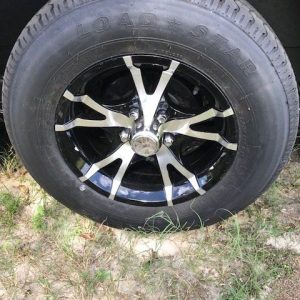
Understanding Warranties and After-Sales Support: Protecting Your Investment
A comprehensive warranty is your protection against manufacturing defects. Understand what is covered (frame, roof, components) and for how long. Equally important is the after-sales support offered by the dealer. A reputable dealer will be a valuable resource for parts, service, and advice long after the sale, helping you keep your trailer in peak condition.
Next Up>>> 6×12 single axle quality cargo

